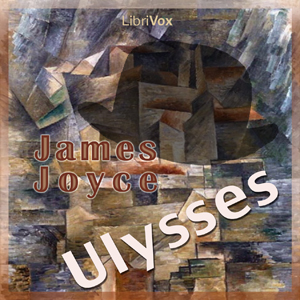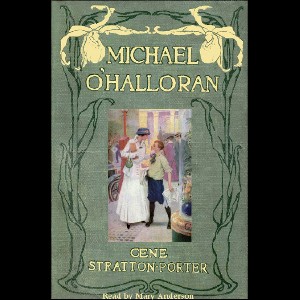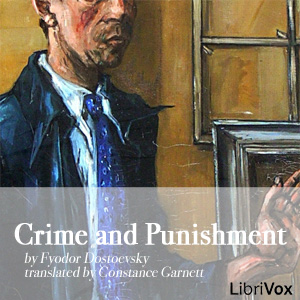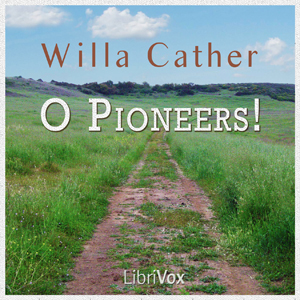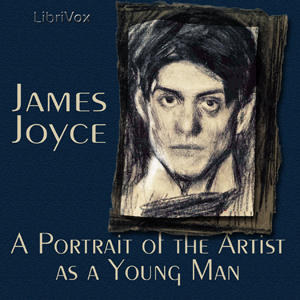- Dedicated to and PRELUDE
- CHAPTER I
- CHAPTER II
- CHAPTER III
- CHAPTER IV
- CHAPTER V
- CHAPTER VI
- CHAPTER VII
- CHAPTER VIII
- CHAPTER IX
- CHAPTER X
- CHAPTER XI
- CHAPTER XII
- CHAPTER XIII
- CHAPTER XIV
- CHAPTER XV
- CHAPTER XVI
- CHAPTER XVII
- CHAPTER XVIII
- CHAPTER XIX
- CHAPTER XX
- CHAPTER XXI
- CHAPTER XXII
- CHAPTER XXIII
- CHAPTER XXIV
- CHAPTER XXV
We of the Never Never is the second book written by Jeannie Gunn under the name of “Mrs Aeneas Gunn”. It is considered by many as a classic of Australian writing. The book was published as a novel but draws on the author’s own experience in settling on the Elsey Station way out in the "back blocks" of the Katherine region of the Northern Territories of Australia early in the 20th century. The primary concession to fiction was that she fictionalised the names of many of the real-life characters that featured in her life at the time, giving them names like "the Sanguine Scott", "the Fizzer", "the Quiet Stockman" and "the Dandy". Shortly after their marriage, Jeannie Gunn (to be dubbed "the Missus") and her husband, Aeneas Gunn "the Maluka", travelled to Darwin then into the Katherine to take up the management of the Elsey Cattle Station. The idea of introducing a white woman into the outback of the Northern Territory of the time met with opposition from all directions, and with flurries of telegrams from the men of the Elsey, but on she travelled, proving to be resilient and energetic. What follows is a rural romance, punctuated with occasional lyrical descriptions of the surrounds of the Elsey. We of the Never Never covers the time that Jeannie and Aeneas Gunn lived at the Elsey in 1902 and 1903.
NOTE: The book is a product of its time and the descriptions of aboriginal people and their treatment reflect the attitudes of early 20th century whites. However, Chapters 19 and 20 go beyond this and describe preparation for and execution of a hunt down the rivers for aboriginal people -- described repeatedly with a racist epithet that was commonly used in that time but is completely unacceptable now. (Introduction by Gail Timmerman-Vaughan)
NOTE: The book is a product of its time and the descriptions of aboriginal people and their treatment reflect the attitudes of early 20th century whites. However, Chapters 19 and 20 go beyond this and describe preparation for and execution of a hunt down the rivers for aboriginal people -- described repeatedly with a racist epithet that was commonly used in that time but is completely unacceptable now. (Introduction by Gail Timmerman-Vaughan)
There are no reviews for this eBook.
There are no comments for this eBook.
You must log in to post a comment.
Log in






